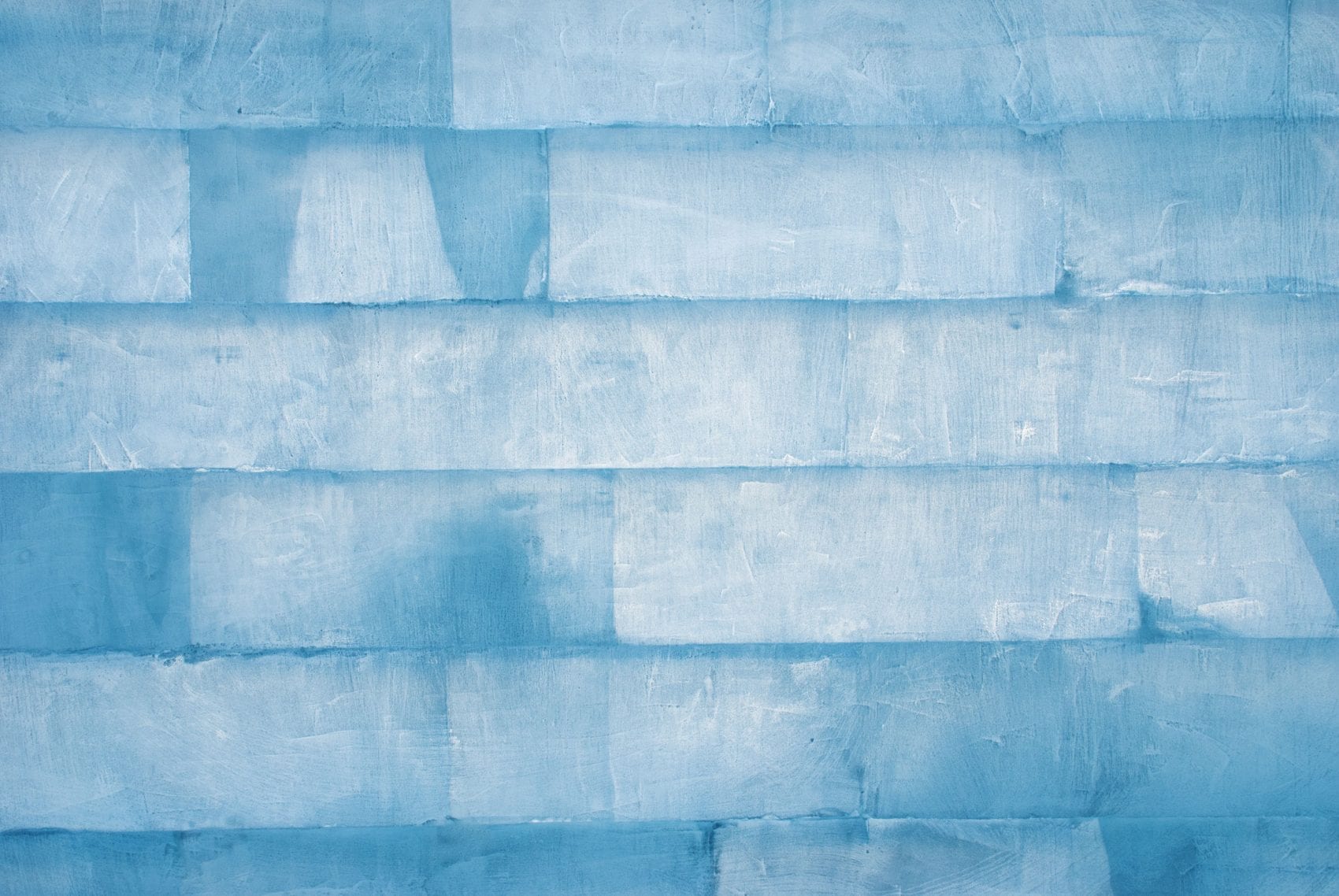
Why does my room get so cold?
If you try touching your internal walls on a cool day, how warm do they feel? Do they feel a similar temperature to the air in the room? Are they really cold? Perhaps you feel a little moisture.
If the wall feels cold, chances are your home is not very well insulated. Why is this the case? In a poorly insulated wall, the warmth dissipates really quickly to the outside, creating a really cool wall in comparison to the room. If the wall is well insulated, a barrier is created that prevents the warmth from escaping, and this means the wall is going to hold the warmth and feel warmer.
It is really important because cold walls can create their own problems. A cold wall is going to create a point where the moisture in the warm air of the room can condense onto the wall, and that can lead to mould and damp – not what you need.
Bathrooms are a readily understandable example of this phenomenon. They are typically finished in “cold” materials like tiles and ceramic (ceramic is an excellent heat conductor, which means warmth is quickly transferred into the walls or floors and out of the room. Carpets on the other hand are excellent insulators, which is why they feel “warm”). Bathrooms additionally have a classic damp problem (warm moist air, condensing onto these cold surfaces).
How to fix a cold room
If you have walls cold to touch and you want to make them warmer, the easy answer to this is to insulate the walls, which can involve some large scale works like installing an external insulation system. The cost of this sort of solution can be around £100 per square meter, so not a particularly cheap solution, but a very effective one. If you have a cavity wall, then cavity wall insulation allows you to fill the cavity fairly easily in most scenarios, at a cost of around £10 per square meter.
How to make a room warmer
There is another way to warm up those walls cold to touch. If that is a little pricey for you, an alternative is to use an internal solution – our suggestion is Wallrock Thermal Liner. This is an insulating wallpaper that will create a warmer wall and a slightly warmer room. It isn’t going to make the same sort of impact as external cladding, but it is much cheaper, at around £7 a square meter. It is also really simple to install – you can do it yourself with a little bit of DIY aptitude. Make sure you order yourself the thermal liner adhesive however, as standard wallpaper paste is not strong enough to support the additional weight of the thermal liner compared to standard wallpaper.
How to reduce moisture on the wall
As has been mentioned, walls cold to touch can create a point for moisture to condense from the warm air. If insulation is not a possibility, or not quite doing the job, make sure you have adequate ventilation. Ventilation can help remove the moisture from a room and keep the walls dry.
Another useful way to reduce condensation build up is to install a radiant heater – like an infrared panel. This form of ‘dry’ heating helps warm surfaces, reducing their ability to condense water. Perfect for a bathroom because they keep the moisture airborne (rather than condensing on the walls) so the extractor fan can do its job.
Examples of Infrared Heater excellent for bathrooms
Far Infrared Mirror Heater
[product_box id=”58837″][/product_box]
Far Infrared Towel Heater
[product_box id=”58840″][/product_box]
Far Infrared White Panel Heater
[product_box id=”91910″][/product_box]
How is infrared different to convection?
Where convection based heating warms the air, which then moves around the room via convections (warm air rises), radiant heating heats a surface or solid object, not heating the air in between directly. The end result is that the temperature of the surface will be almost as warm, if not warmer than, the air. This will make condensation much less prevalent.
Convection heating creates warmer air, which can store more moisture. This will then condense on the cooler surfaces, which don’t get as warm as with radiant heating (the difference in temperature between surface and air is going to be much greater).
So infrared is a useful tool in the battle with condensation and cold walls, but the first line of defence should be to help keep those walls warm with some form of insulation.
